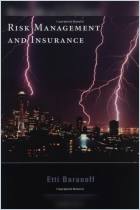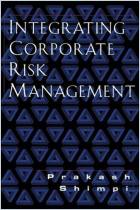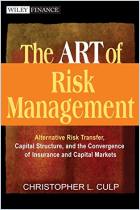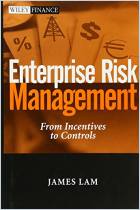
Read or listen offline
Amazon KindleRecommendation
In Insurance from Underwriting to Derivaties, Eric Briys and Francois de Varenne, both Deutsche Bank insurance experts, have written a highly technical, albeit readable, book for their professional peers. They discuss property-casualty insurance, risk, securitizing, pricing and liabilities duration in the United States and Europe. However, it will dawn on the casual reader fairly early that there should be an "experts only" label on the book jacket. Even the basic introduction to property-casualty insurance begins with the presentation of complex mathematical models. More daunting models, charts and graphs elucidate information throughout. Insiders will appreciate this data and the extensive footnotes and references. While this may not be a book for the mid-management reader, getAbstract.com assures you, without risk, that its target audience - financial executives and professionals in the insurance industry - will be very glad to have it.
Summary
About the Authors
Eric Briys is a managing director at Deutsche Bank, where he heads the Insurance Strategies Group. He worked previously for Merrill Lynch and Lehman Brothers, and is a former Professor of Finance at HEC Management. He has published seven books on finance and economics and more than thirty scientific articles. Francois de Varenne covers European insurance and reinsurance companies as a vice-president at the Deutsche Bank. He also worked previously for Merrill Lynch and Lehman Brothers. He is the former head of Financial and Economics Affairs at the French Federation of Insurance Companies. He has published three books and more than ten scientific articles.


















Comment on this summary or Diskussion beginnen